- Rent, Lease, or Purchase
- |
July 7, 2022
How to Panel and Insulate Your Shipping Container Wall
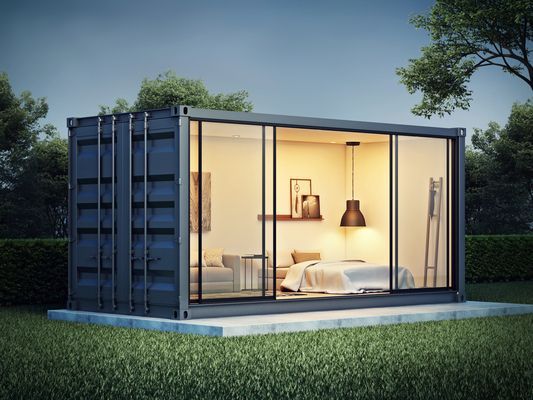
As people continue searching for more affordable, efficient, and sustainable ways to build homes and offices, shipping containers are becoming an increasingly popular option. Their easy construction, durability, cost, and design benefits make them a practical choice for various applications.
Because container homes are modular, you can also easily customize them to fit your unique requirements. This makes them a popular choice for both residential and commercial properties.
There are various ways to design a home, office, or building, with shipping containers. One of the important factors to consider here is how you position the shipping container wall.
There are several different design choices you can make, and each option comes with its own set of perks and potential drawbacks. Choosing the right layout for your space will help maximize functionality and aesthetics.
In this article, we'll look at the different types of shipping container walls and the paneling, insulation, and framing options available.
Additionally, you will understand how to install insulation, frames, and wall panels; learn about wall building materials such as plywood, drywall, aluminum, perforated steel, fiberglass-reinforced panels, and ways to cut the container to install doors and windows.
How To Build a Wall Inside a Shipping Container
You need to layer and insulate to provide the same features as a conventional wall. The three main steps to build a shipping container wall are:
Framing
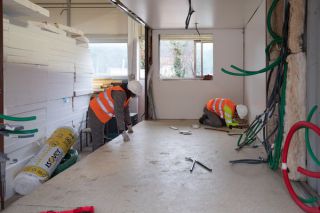
You need to factor in the electrical wiring, switches and sockets, and the insulation around the house. The process begins with spray foam insulation filling the corrugated inserts in the shipping container wall.
The inserts can close any air gaps in the container. You can also fill the bends to make the wall inside look flat or framed. Once you place the inserts, hook the panels and add framing on the inside to support the wall.
If you don't want to fill the insulation, you can drill the panels directly on the outer steel material of the container. However, this may result in multiple holes in the container body. Common framing materials include:
- Steel
- Wood
- Aluminum
It is easy to work with wood panels, and they go well with the insulation. Steel or aluminum panels add to the strength of the wall panels. It is best to factor in the local climate and the cost of the materials when selecting either metal or wood panels.
Insulation
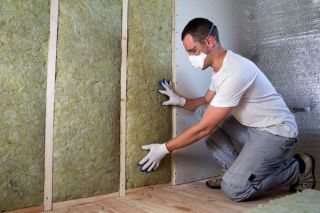
Once you place all the posts to frame the interior walls, proceed with the insulation. It is vital to have proper insulation to keep the container livable in both warm and cold climates.
Common types of container insulation materials include:
- Fiberglass insulation: The most common insulation material with a thickness of about 3-1/2 inches. It has an insulation value of R-13 and can make the structure water-resistant.
- Polystyrene foam insulation: Another standard insulation material but with a slightly lower value of R-5 with a 1-inch thickness. You can easily panel it with plywood.
- Open or closed-cell foam insulation: This material offers the highest insulation value of R-6 per inch and can thoroughly coat the corrugated part of the steel. It leaves no room for moisture and condensation.
- Thermal insulation: This method uses machines to control the temperature inside the container.
Wall Paneling
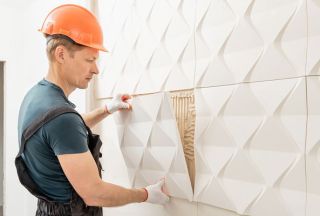
Once the insulation is complete, place the interior framing and wall panels to cover any open seams and spaces. Finish with polishing and painting. Different options for wall paneling include:
- Drywall
- Sandalwood
- Plywood
- Fiberglass reinforced panels
- Aluminum
- Steel
- Perforated steel sheets
Shipping container wall panels are installed horizontally, with the studs running vertically. This allows the studs to stick to the interior ribs of the container.
What’s the Best Way to Cut Through Steel Shipping Containers?
If you are building a shipping container home, you may need to cut out sections from the container to install windows.
Three of the best tools for cutting out sections from a shipping container are:
Angle Grinder

Angle grinders are easy to use and are available in almost any hardware store. Their cuts are precise and straight.
Reciprocating Saw
Reciprocating saws are handy for reaching places an angle grinder cannot get to due to its round shape. A reciprocating saw also produces less debris than an angle grinder.
Plasma Cutter
This tool is the easiest to use but the most difficult to operate in remote locations since it requires about 45 A of electricity. A plasma cutter can cut any shape, including circles, letters, or curves. It creates little to no debris.
Types of Interior Wall Finishes
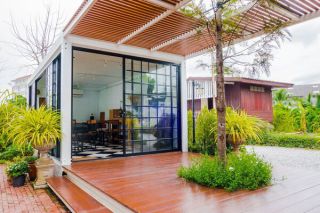
To protect the interior space of your shipping container apartment or home from fluctuations in weather, you need insulation followed by walls. Here are the pros and cons associated with some of the common materials for walls.
Drywall
It is also fireproof and maintains a smooth finish for a clean and unobstructed ready-to-paint surface.
You can install drywall prior to transportation. However, you need to finish it at the final location so that it does not crack.
Plywood

Plywood is a more robust alternative to drywall. You can hang heavy objects directly on plywood walls. It resists any dents and damage and has a natural wood grain pattern that adds a warm texture to the space. You can also coat plywood with varnish for a sleek look.
Fiberglass Reinforced Panels (FRP)
FRP panels feature polyester resin reinforced with fiberglass. This gives it a smooth or textured surface. FRP panels are rugged, easy to clean, waterproof, washable, flexible, durable, and scratch-resistant.
Steel or Aluminum Sheets
Steel and aluminum sheets with spray foam insulation are appropriate when you need to avoid damage due to pests. It’s also a good solution for folks who don’t need to stay in the container for long periods of time.
Perforated Steel
Perforated steel is great for when you’re situated near loud industrial equipment. Sound-deadening insulation followed by perforated steel panels creates a quiet space for labs and offices.
Service Providers for Interior Wall Finishes
BMarko Structures

Based in Atlanta, GA, BMarko Structures specializes in custom shipping container designs with steel and wood materials. They undertake shipping container conversions, modular steel construction, and modular wood construction.
Their high-quality construction is eco-friendly and quality-verified by LEED (Leadership in Energy and Environmental Design) rating system.
InSoFast
Located in Mitchell, SD, InSoFast manufactures and ships from its facilities in Massachusetts, Minnesota, and Idaho. The company offers energy-efficient building systems in line with future energy codes.
Bob's Containers
Bob's Containers assists you in customization options, permits and planning, and land preparation. The usual process starts with discussing your needs with the designers, followed by a quote. Building begins after that, followed by outfitting.
The company provides white glove delivery with financing options for shipping container homes, vacation rentals, ADUs, and offices.
Why Buy From Mobile Modular Portable Storage?
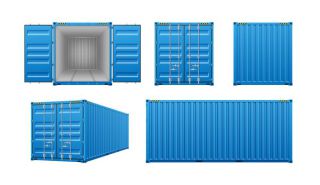
Our containers are high quality, durable, and reliable. We also offer a variety of sizes and types to choose from.
Mobile Modular Portable Storage (MMPS) has high-quality shipping containers in 10-ft, 20-ft, 24-ft, and 40-ft sizes to meet your building needs.
We also have a team of experienced professionals who can help you select the correct container and provide installation and transportation services. Our highly-skilled drivers ensure that you receive the container on time and in excellent condition.
If you are planning to build container homes on-site, choose Mobile Modular Portable Storage. Contact us today to learn more about our products and services, or visit our website to view our inventory.
Frequently Asked Questions
How Much Does It Cost to Insulate a Shipping Container Home?
The cost to install insulation in 20-ft shipping container homes ranges from $1,681 - $2,338. Meanwhile, a 40-ft container home can cost anywhere from $2,897 - $4,556 to insulate.
What Are the Benefits of Spray Foam Insulation?
The primary benefit of spray foam insulation is that it creates a vapor barrier. Other benefits include:
- Better air quality - It minimizes indoor allergens such as dust, mold, pollen, and mildew.
- Easy to install - It is easy to apply in any weather condition. The professional uses a spray foam gun to cover even those areas that are hard to reach.
- Lasts longer - Due to its chemical formulation consisting of polyurethane and isocyanate, spray foam insulation lasts for decades.
- Additional strength - It provides extra strength to the structure. It acts as an adhesive that binds building materials together.
- Reduces sound - Spray foam fills cracks and crevices and absorbs all sound waves from outside. This creates a sound barrier to give you a quieter home or office.
What is 'Closed Cell Foam Insulation'?
Closed-cell spray foam is dense, rigid and impervious to water and air. It provides high-quality insulation in industrial and agricultural applications.
Can You Screw Into a Shipping Container?
You can screw into most shipping containers using fine machine screws with threads like 10-32, 1/4-28, and M6-1.0. Be sure to seal with silicone once finished.
Which Climates Are Suitable for Shipping Container Homes?
The metal structure of a shipping container is suitable for all climates, including heat, rain, and extreme cold. You can either ventilate the container home or keep it under a shade in the summer.
In winter, you can use one of the insulation techniques discussed above to retain the heat. It is easy to lose heat from the roof and the side walls if you do not do proper insulation.
Should I Install Side Doors in Shipping Containers?
All shipping containers have doors at the end wall. But installing side doors gives you an added advantage in loading and unloading furniture and other large objects. Glass doors with aluminum frames are also great for the aesthetics of the container home or an office.
How Thick Are the Walls of a Shipping Container?
Shipping container walls are 0.075-inches thick. They feature 14-gauge corrugated steel. The frame, pillars, and rails are 7-gauge tubular steel with 0.187-inch thickness.
Related Blogs
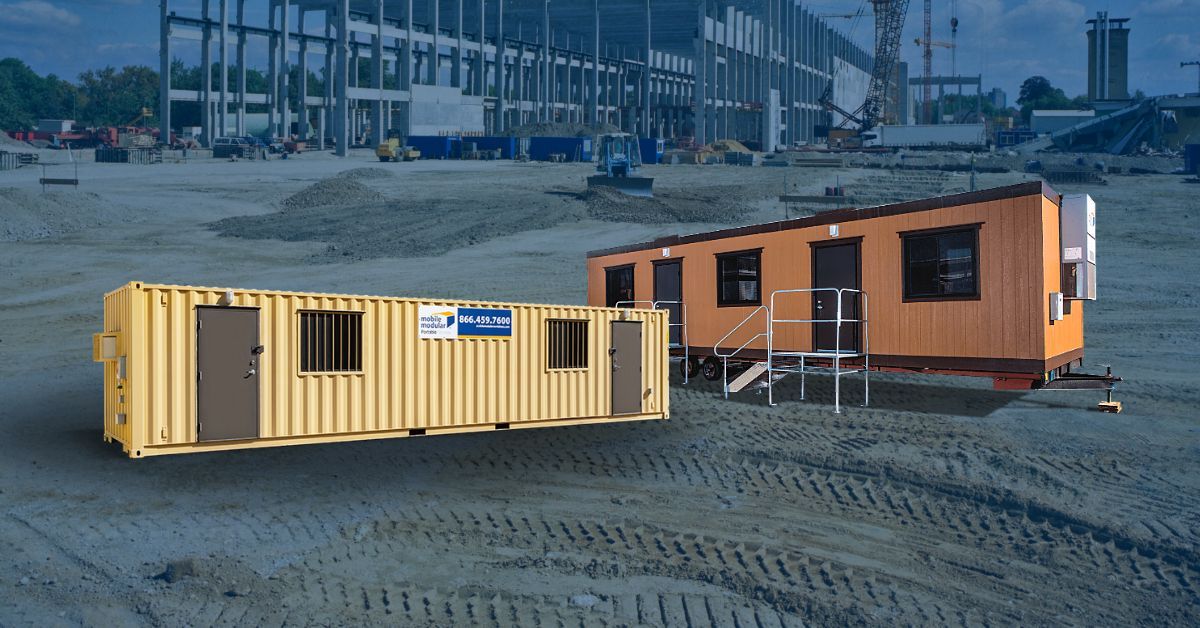
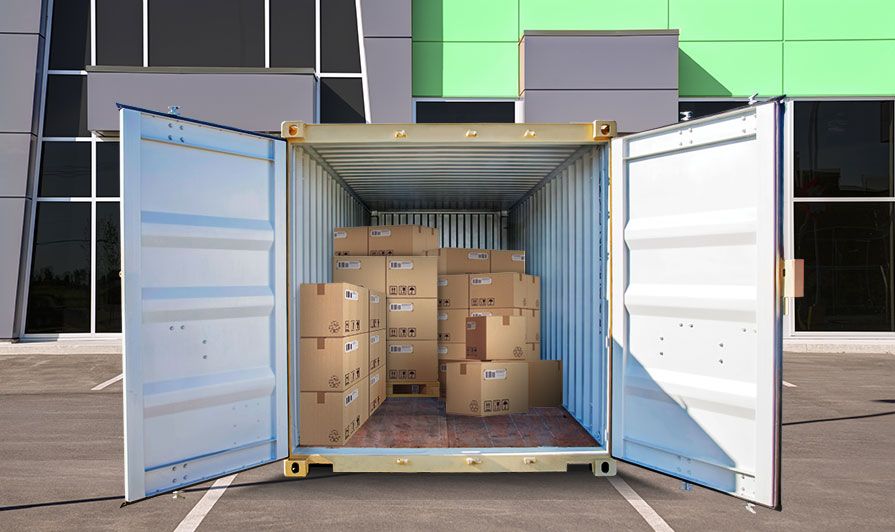

Subscribe to Our Blog
Enter your email address to subscribe to the blog and receive the notification of new posts by email.
Thank You for Subscribing to Our Blog!
Stay tuned for upcoming emails with valuable content that we hope will enhance your experience with our brand.
Both Pardot and mg360 form submissions failed.
